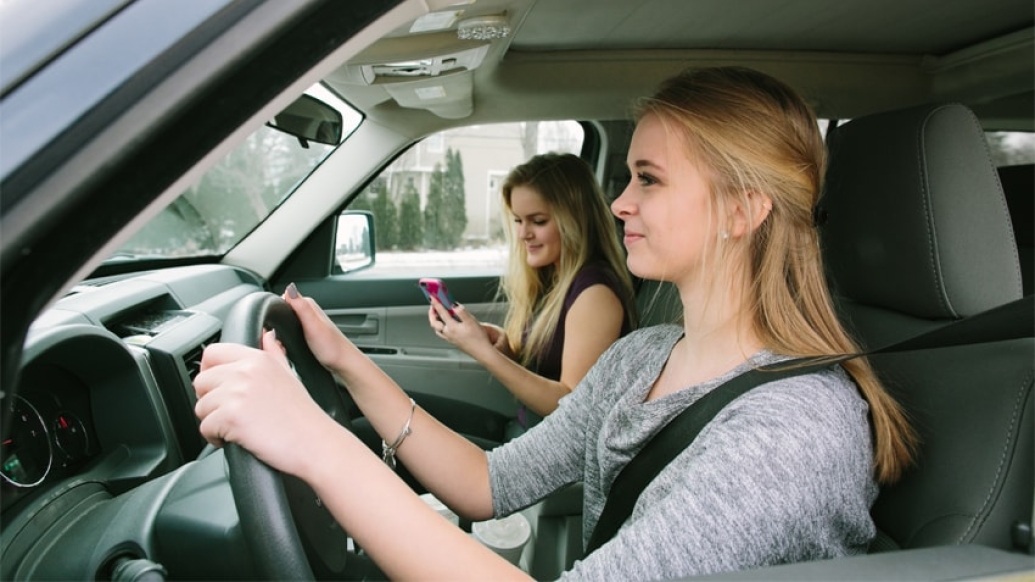Regardless of who is in the driver’s seat, young people can contribute to a safer ride. Here’s how to cruise carefully.
7:00 AM
Author |

It might not seem obvious, but everyone in a vehicle plays a role in supporting safe driving.
Research shows that passengers cause more auto accidents than cell phones, in fact.
SEE ALSO: How Alcohol Impairs Your Ability to Drive
And because children and teens often ride in cars driven by other young people with minimal road experience, eliminating all possible distractions is key.
It's never too early to instill good habits. Good passenger behaviors, after all, are easiest to establish during formative childhood years — and they can influence future conduct once adolescents get behind the wheel.
Our Kohl's Drive Smart team suggests five ways young passengers can contribute to a safe ride:
Be in control: Because children haven't always learned to control their excitement, and their voice levels and arm movements can be distracting, it's important to teach them to keep their volume and bodies in check when traveling.
Discourage them from making loud exclamations or pointing to anything inside or outside the vehicle. They also shouldn't talk to the driver unless necessary — and they shouldn't make any demands of the driver if they do.
Be a helper: Passengers also can prevent distractions by offering to hold a driver's phone; controlling the car's radio (keeping volume low), heater and air conditioner; offering to answer any calls or texts; and handling GPS navigation.
Such intuitive actions, however small, help a driver focus on the road.
Have the conversation: Just as families proactively talk about the dangers of drugs and smoking, a serious discussion about distracted driving can help curb risky behaviors every time kids get into a vehicle.
SEE ALSO: Parents More Confident Kids Could Deal with Fire and Storms Than Guns
Discuss in advance what a child might say or do if other passengers exhibit behaviors that could distract the driver. Likewise, help them prepare to handle scenarios in which the driver — who might be someone new or unfamiliar, such as a carpool parent — is engaging in distracting behaviors (say, texting or eating while on the road).
If the driver is the parent of a child's friend, for example, the guest rider can ask the friend to "call out" the behavior. At a minimum, the child should relay any concerns to his or her own parents as soon as possible so they can contact the driver.
Be a role model: Children's driving habits don't begin in adolescence; they start from the moment their car seats are turned to face forward. What parents do behind the wheel is a big influence in what children learn is acceptable.
When adults work to reduce their own driving distractions, they not only keep their passengers safer, but they also increase the likelihood of their kids developing good driving behaviors — and influencing peers or other adults to change their bad habits, too.

Explore a variety of health care news & stories by visiting the Health Lab home page for more articles.

Department of Communication at Michigan Medicine
Want top health & research news weekly? Sign up for Health Lab’s newsletters today!





